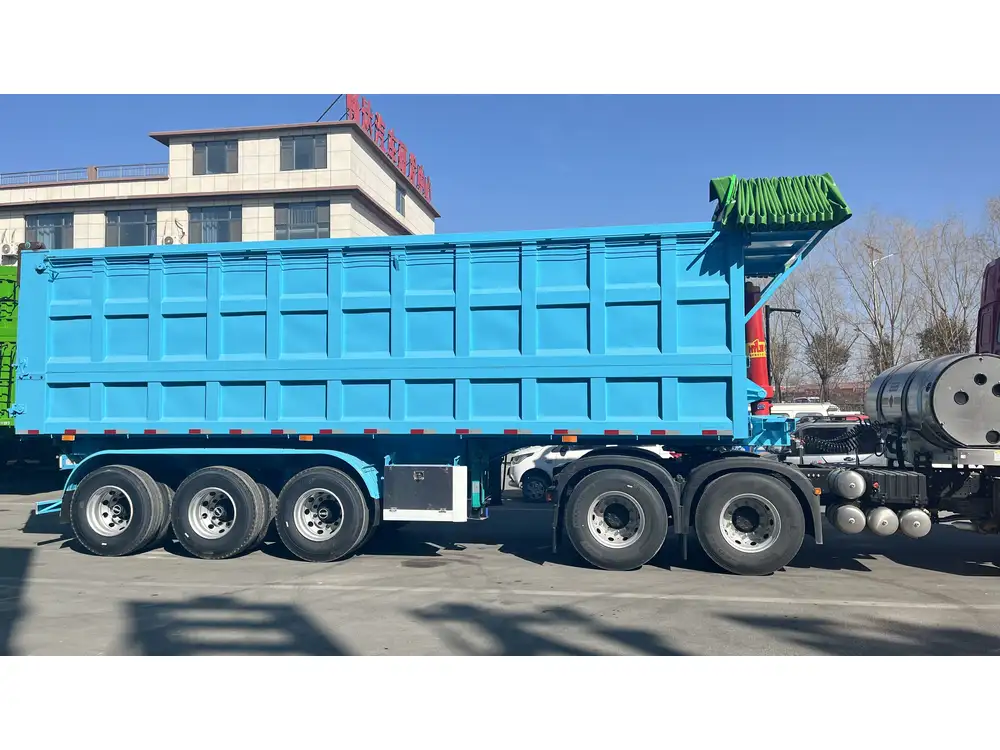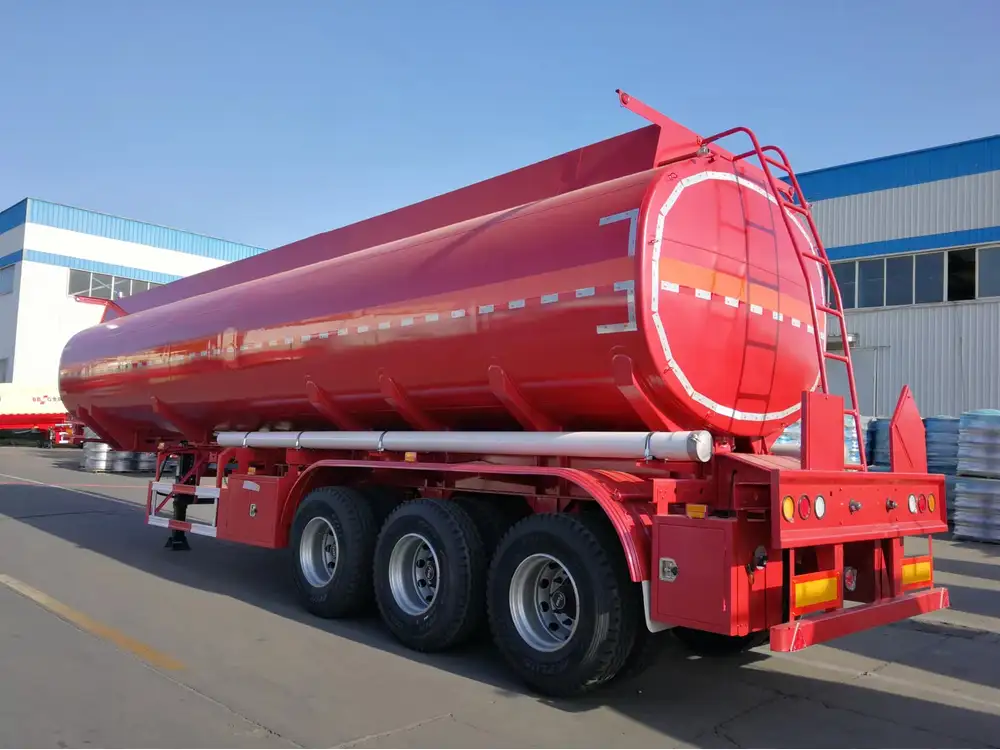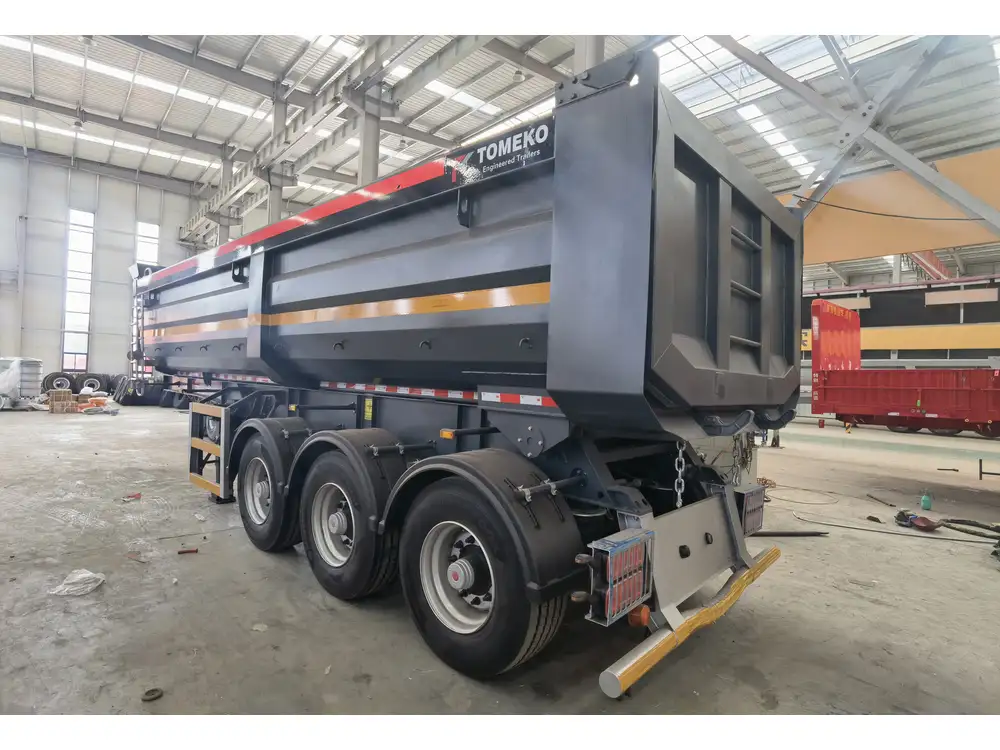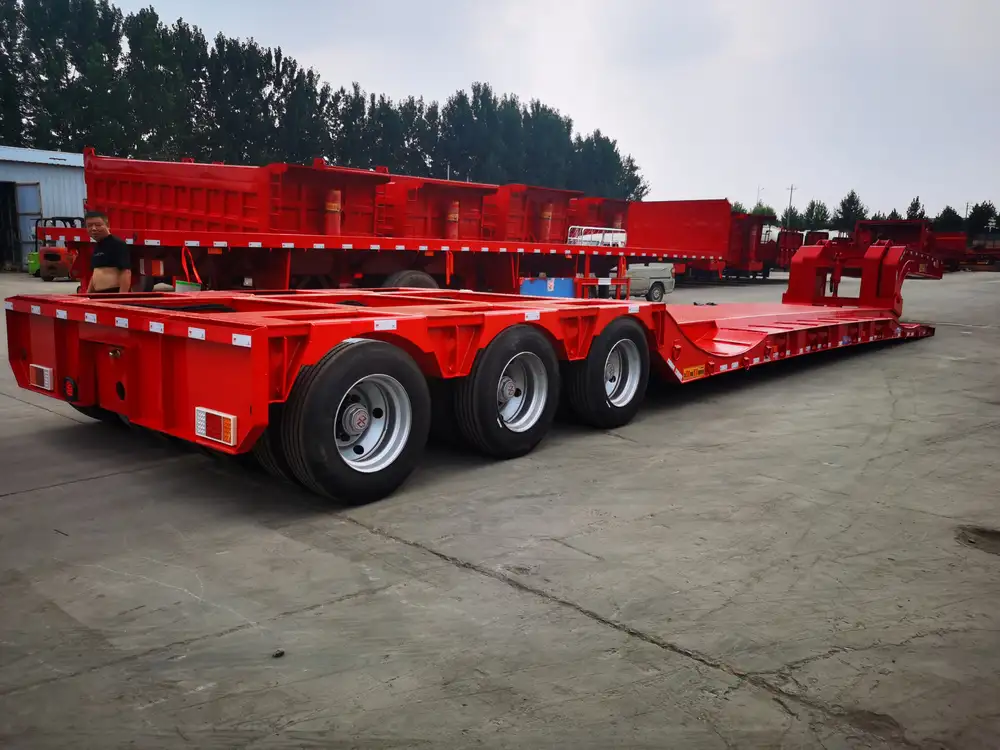Dump trailers are indispensable assets in the construction, landscaping, and waste management industries. Understanding the nuances of their specifications, particularly their cubic yard capacity, is essential for making informed purchasing decisions. In this article, we dissect various factors surrounding dump trailers, especially focusing on how many cubic yards they can hold.
The Basics of Dump Trailers
Dump trailers are essentially trailers designed to carry bulk materials. They feature a hydraulic or electric lift mechanism that tilts the trailer bed, allowing for efficient unloading. These trailers come in various sizes and configurations, and their capacities can vary significantly based on their design and the materials they are built to handle.
Why Cubic Yards Matter
When considering how many cubic yards a dump trailer can hold, it’s essential to understand why this measurement is crucial:
- Material Volume: Cubic yards gauge how much material can be transported, which directly impacts job efficiency.
- Cost Efficiency: Knowing the capacity helps in budgeting for materials and deciding how many trips are required.
- Load Management: Exceeding capacity can lead to accidents, legal penalties, and equipment damage.

Determining Cubic Yard Capacity
The cubic yard capacity of a dump trailer is calculated by the formula:
[ \text{Cubic Yards} = \frac{\text{Length} \times \text{Width} \times \text{Height}}{27} ]Where:
- Length, Width, and Height are measured in inches and then converted to cubic yards by dividing by 27 (since 1 cubic yard equals 27 cubic feet).
Common Dump Trailer Sizes and Capacities
Here’s a comparative breakdown of various dump trailer sizes and their cubic yard capacities:
| Trailer Size (Feet) | Length (in) | Width (in) | Height (in) | Cubic Yard Capacity |
|---|---|---|---|---|
| 5 x 10 | 120 | 60 | 24 | 1.85 |
| 6 x 10 | 120 | 72 | 24 | 2.20 |
| 6 x 12 | 144 | 72 | 24 | 2.64 |
| 7 x 14 | 168 | 84 | 24 | 3.50 |
| 8 x 20 | 240 | 96 | 36 | 7.60 |
Note: The dimensions provided are common examples; manufacturers may have variations.
Factors Influencing Dump Trailer Capacity

Design and Configuration
The design and configuration of a dump trailer significantly impact its capacity. For instance, low-profile trailers offer a lower center of gravity, making them more stable for heavy loads, whereas larger, more robust trailers can handle bulkier materials.
Material Density
The density of the material being transported also affects capacity utilization. For example, one cubic yard of soil weighs approximately 2,000 lbs, while the same volume of gravel might weigh 2,400 lbs. This variance can affect how much load you can safely haul in a dump trailer.
Weight Limits
It’s crucial to be aware of both the cubic capacity and the weight limits of dump trailers. Most states have maximum towing weight regulations that must be adhered to. Exceeding these limits can result in fines or accidents.

Common Applications for Dump Trailers
Construction
Dump trailers are invaluable on construction sites, used for transporting gravel, sand, debris, and other materials efficiently.
Landscaping
In landscaping, dump trailers facilitate the movement of soil, mulch, and stone, enabling seamless workflow and minimizing physical labor.

Waste Management
For waste management purposes, dump trailers are ideal for transporting debris, broken concrete, and refuse. Their easy unloading feature saves time and labor costs.
Agriculture
Farmers utilize dump trailers to transport bulk feed, fertilizer, and other agricultural materials, improving efficiency on their land.
How to Choose the Right Dump Trailer
Selecting the appropriate dump trailer hinges on several factors, including:
- Load Requirements: Understand the specific materials you will transport and choose a trailer that meets these needs.
- Vehicle Compatibility: Ensure that your towing vehicle can handle the trailer’s weight and size.
- Budget Considerations: Don’t just consider the purchase price; factor in the long-term costs such as maintenance, insurance, and potential repairs.

Popular Models to Consider
- Big Tex Dump Trailers: Known for their sturdiness and load capacity, making them ideal for heavy-duty construction tasks.
- PJ Trailers: Offers a diverse range of features, focusing on both performance and safety.
- Load Trail: Renowned for ease of use and durability, well-suited for both commercial and residential applications.
Maintenance Tips for Dump Trailers
Keeping a dump trailer in peak condition extends its lifespan and ensures safety on the job. Here’s how to maintain your trailer effectively:
| Maintenance Task | Frequency | Details |
|---|---|---|
| Visual Inspection | Before each use | Check for any visible damages or issues with the hydraulic system. |
| Grease Axles and Bearings | Every 3-6 months | Ensures smooth functioning and prevents wear and tear. |
| Tire Pressure Check | Monthly | Maintaining proper tire pressure enhances safety. |
| Brake System Check | Every 6 months | Essential for safe towing and effective stopping power. |
| Wash Trailer | After each heavy load | Prevents buildup of grime and debris. |
Understanding Legal Requirements
Each state has specific regulations regarding dump trailer usage that must be adhered to. Familiarize yourself with these rules, focusing on:
- Weight Limits: Keep within allowable limits to prevent fines.
- Towing Regulations: Ensure that your towing vehicle meets state requirements for trailer towing.
- Licensing: Certain large trailers may require specialized towing licenses.

FAQs about Dump Trailers and Their Capacities
How Can I Optimize My Load for Efficiency?
- Distribute Weight: Ensure an even weight distribution across the trailer to avoid strain on the axles.
- Know Your Material: Different materials fill the trailer differently. Familiarizing yourself with material densities is vital for optimization.
Can I Use a Smaller Trailer for Larger Jobs?
Using a smaller trailer can be practical, but it may lead to increased trips which could negate time and fuel savings.

How Do Weather Conditions Affect Dump Trailer Usage?
Adverse weather conditions can impact both safety and efficiency. Heavy rain, for example, can make the loading area slippery, while snow can reduce traction.
What are the Benefits of Electric vs. Hydraulic Dump Trailers?
Electric drives are often lighter and less costly, while hydraulic systems tend to offer greater lifting power and reliability for heavier jobs.
Conclusion
Understanding the cubic yard capacity of dump trailers not only informs purchasing decisions but also enhances operational efficiency across various industries. By analyzing the right measurements, selecting appropriate designs, and adhering to safety protocols, operators can ensure optimal performance while maximizing investment. Looking deeper into the diverse applications and maintenance strategies can further improve lifelong value and safety in trailer operation.
By equipping yourself with the knowledge of cubic yards, material handling, and legal regulations, you arm yourself with the tools needed for success in any project requiring dump trailer utilization. As you venture forth in the world of hauling, remember, each cubic yard counts!



